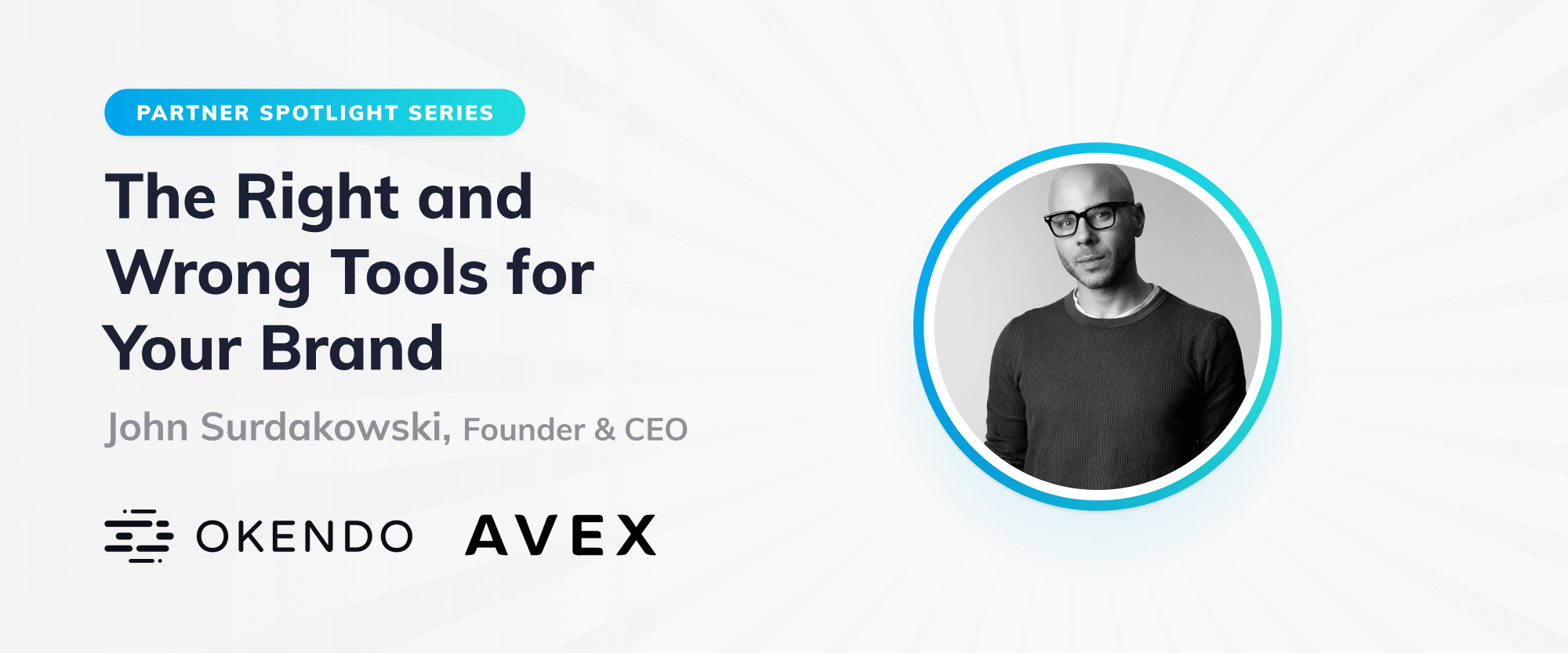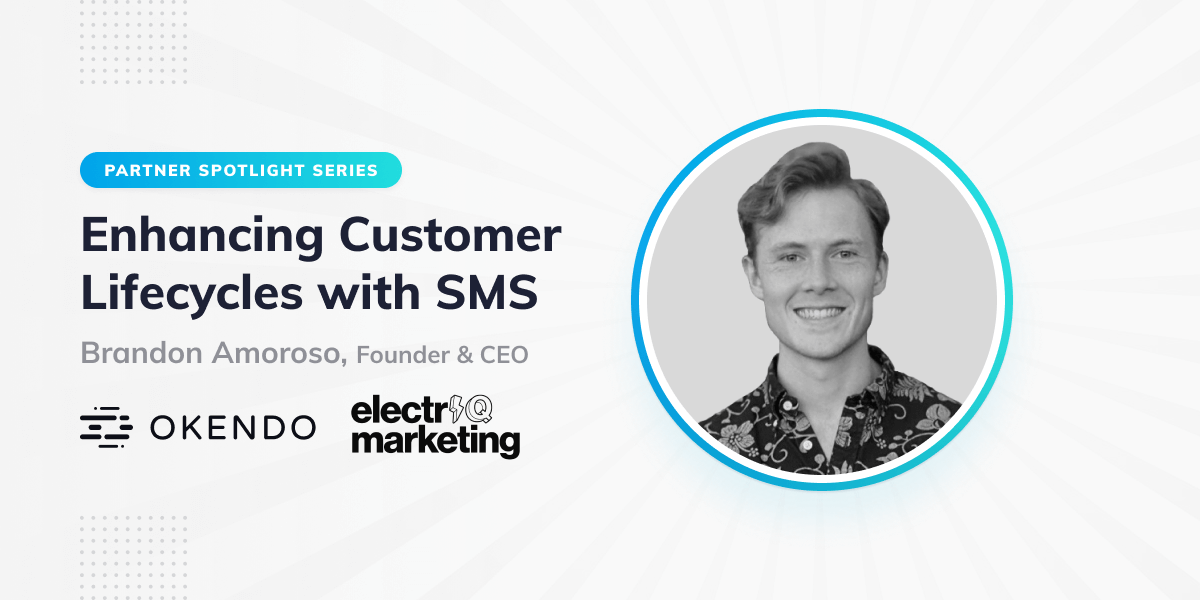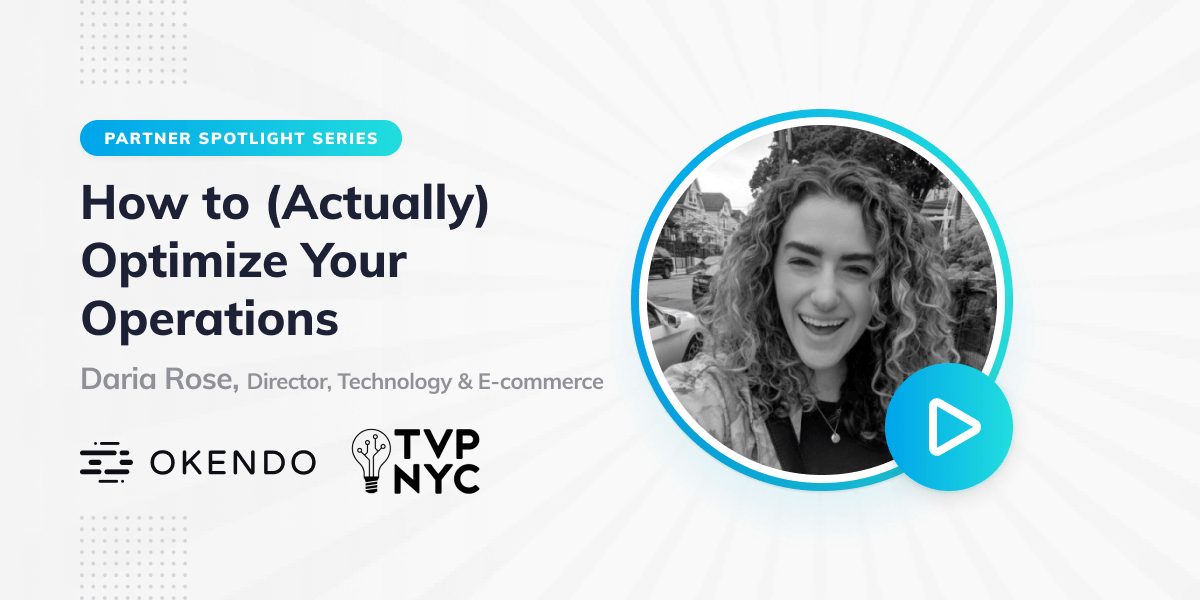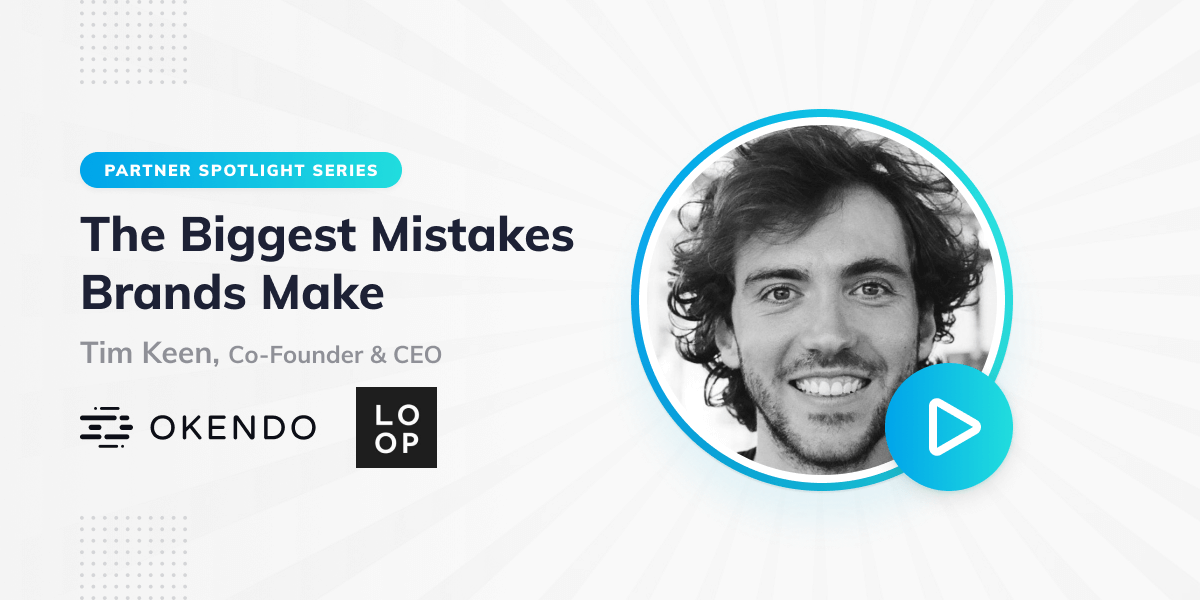Avex is a New York City-based eCommerce agency specializing in data-backed UX design, Shopify Plus development, and Klaviyo email marketing. Founded in 2015, Avex has helped brands including Oneil, Hugo Boss, and Kith scale online.
I had the pleasure of meeting with John Surdakowski, Founder and CEO at Avex, to discuss upgrading to Shopify Plus, making the most out of digital tools, and how Avex helps brands grow.
What motivated you to start an eCommerce agency?
I’m a designer and developer by trade, so I’ve worked on countless projects at numerous agencies in NYC over the years. I started as a freelancer, but my business snowballed into an agency when I was able to take on more hires and exciting projects. We began to focus a lot more on ecommerce and the DTC industry in 2018, so we became a Shopify Plus partner and grew increasingly obsessed with the Shopify ecosystem. We committed to ecommerce 100%, working with many different partners on unique designs, developments, integrations, and email marketing. Now, we’re really into CRO and feel excited about its future.
What does Shopify Plus offer that other platforms don’t, like WooCommerce, Salesforce, and Miva? What about Shopify Plus helps you set your customers up for success?
I put a lot of thought into what platforms we’d use in the beginning. We’ve done gentle and big commerce builds alike, but we landed on Shopify Plus as our platform of choice because its back end is easy to use, it’s remarkably scalable, and its sheer number of integrations are incredibly valuable. We wanted to remove as many layers of difficulty for our customers as possible because many of them aren’t particularly tech-focused. You can get a great deal out of Shopify Plus, such as if you want to go headless, leverage integrations with other tools, or if you need a more robust enterprise-level solution.
Ultimately, Shopify is a scalable platform that allows startups to launch with a basic store, grow within the Core plans, and scale up to Plus and beyond. It’s an excellent solution for our merchants, and buying into its broad ecosystem helps us set our customers up for success.
We’re excited about the ecosystem and all the solutions it offers, too. What are some tools brands don’t realize they need as they grow beyond a certain point?
Customers will benefit from a handful of tools, but sometimes they overthink the tools they don’t need and neglect the ones they do. For example, Avalara is incredible software for managing taxes, but many brands don’t take advantage of it. There are also concerns when a merchant is branching out internationally, such as third-party logistics and shipping that various platforms exist to support, but merchants think they need to do everything themselves.
What I think many brands overlook most, though, is integration. Your software platforms need to communicate with each other so your tech stack becomes a seamless toolbox. Okendo excels in this area; its integrations with Gorgias (which is beneficial for customer service), Klaviyo, and others enable a wealth of flows and automations. It’s practical to automate as much as possible if you’re a business beginning to scale because you don’t want to hire people you don’t need. Whether it’s creating a customer service ticket whenever you get a bad review so you can reach out to that customer or automating email flows in Klaviyo, the less you have to do manually, the more time you have to focus on growth and customer retention.
It’s a game-changer when your tools can actually talk to each other. On a different note, why is transitioning from Shopify Core to Plus something businesses need help with?
Most of the help merchants need revolves around understanding the differences between Shopify Core and Shopify Plus and identifying the right time to upgrade. We help customers answer questions like, what are the benefits? Do I need to do it? How will it support my business? It’s not necessarily about bringing your customers more functionality — though customizing your checkout process is undoubtedly a good idea — but leveraging the back-office benefits with advanced reporting and more access to automations, flows, and scripts. Some Shopify apps only apply to Shopify Plus, too.
There’s a lot of value prop to consider as your business scales. Some of our customers do product drops that sell out quickly, so they need the ability to process hundreds or even thousands of checkouts at any given minute. It’s crucial to determine why you want to be on Shopify Plus so you can maximize your ROI instead of upgrading because you met an arbitrary revenue threshold. Avex is here to show our customers what value prop they’re looking at and how they can use the platform to support their business needs.
What are brands most unprepared for when they attempt to upgrade to Shopify Plus?
There’s actually not much that needs to happen on the merchant’s side. They don’t need to migrate anything or fundamentally change their codebase. It’s very different from upgrading from Magento 1 to Magento 2. Rather, it’s more about being aware of the tools at their disposal and planning how they will leverage them. We’ve seen countless merchants upgrade to Shopify Plus and neglect some of the most significant value props. They don’t utilize Flow or customize their checkouts — they’re just on it because they thought it was the right time, which means they’re not taking advantage of what they’re paying for. That’s what Avex does day-to-day: we help merchants leverage those tools, whether it’s training them on how to use them properly or doing it for them, so they get the most out of the platform.
It’s great you help merchants in that way; if a brand doesn’t customize its checkout or take advantage of Shopify Plus’ broad range of features, it’s leaving money on the table.
Definitely. Customizing checkout design is one thing, but adding features like cross-sells or upsells that will increase revenue is critical. You’re wasting money if you don’t at least test those things.
What are some elements larger brands need that smaller businesses can get away without? Do those tools themselves help businesses grow, or are they best reserved for when brands have the capacity to use them?
There are certain tools tailored to larger merchants. For example, we just partnered with Dynamic Yield for conversion rate optimization, personalization, and A/B testing. It’s a potent tool, but it’s probably not the best fit if your business doesn’t bring in at least $5 million a year. It’s expensive, but almost every brand that utilizes Dynamic Yield sees a return on investment, which is one of our primary focuses.
Smaller brands can do similar things on a smaller scale. They can get away with not doing them, but if they have the capacity to implement more personalization and A/B testing, there are tools on the market that will only cost them $30 to a couple of hundred dollars per month. Small teams that can’t afford an agency or don’t have a UX or CRO expert on staff should be able to measure that kind of data and make decisions. Even more affordable apps like Shogun Pagebuilder have some A/B testing capabilities, and you can personalize product recommendations with tools you already use, like Klaviyo.
However, it’s more practical for larger brands to invest in platforms that will significantly impact their conversion rates. Small percentage increases could mean millions of dollars for these companies.
That’s constructive advice. How do you help clients identify what their specific audiences want most and implement them into the storefronts you build?
Every decision we make is data-driven. We’ll ask real people for their feedback before coding a design element. Once we fine-tune their advice, we still make time for further A/B testing because that’s something we emphasize: testing variations of everything, from copy and content to colors and format. The more you A/B test, the better a storefront will be.
This process is easier for larger bands because they have the bandwidth and budgets for it. Smaller brands do what they can, but we always collect data before implementing anything, whether it’s page design or content. Anything can make incremental improvements to your conversion rate.
Without revealing trade secrets, what frontend elements are essential for helping with conversion rate optimization?
To us, CRO is all about analytics and using them to measure how everything is performing. Avex just created a tool that displays all of our clients’ analytics on one spreadsheet so we can compare and contrast everyone’s conversion rate, AOV, and bounce rates, which helps us identify who needs improvement. It also gives us a baseline to show other merchants where their conversion rates should be in their respective industries.
We developed this program internally, but solutions like Dynamic Yield and other tools for smaller brands are invaluable. Besides implementing best design practices, A/B testing is critical because it’s a significant source of data that helps you make informed decisions. Our preferred tools for this are Omniconvert and Limespot, but others are more affordable.
Essentially, A/B testing and personalization are what brands should focus on. It’s important to learn what your audience wants and segment them in email marketing and onsite so you can curate a more individualized experience for them.
Security is another issue many brands are concerned about. How do you help secure brands against cyberattacks as they grow?
I developed WordPress and Magento websites years ago, so viruses and malware were constant worries because you host those sites yourself. The Avex website also used to be on Netlify before we migrated to Contentful (a headless CMS platform), and we lost so much data from fighting PHP malware. Fortunately, cybersecurity isn’t much of a concern for us anymore because Shopify Plus is a highly secure platform.
It is vital for our clients to worry about protecting their customers’ data, though. We only recommend SaaS platforms that will have their best interests in mind so they can build consumer trust.
What sets brands up for success as they begin to sell internationally, thus taking on more competition? How do you prepare your clients for these challenges?
Many merchants want to sell internationally, but they’re unprepared for it because it’s not as simple as deciding to accept international sales and shipping out orders. Smaller businesses might have an easier time because they can say to customers, “We are one of the few manufacturers of this product, so you’re going to have to endure long shipping times.” On the other hand, more prominent brands need to consider factors like where they’re shipping from, how many warehouses they have, and how they use Shopify Plus’s functionality because consumers have higher expectations.
Then come other challenges, like following international commerce regulations, complying with tax laws, and making sure your products don’t get stuck in customs. Language is a barrier, too — are you speaking to customers in their native languages and using local currencies? How will you provide a personalized experience for customers in every country you ship to? All of these concerns can be a lot for merchants to manage, so if you’re preparing to sell globally, make sure your team has the size and bandwidth to guarantee success.
John is contactable via LinkedIn or Avexdesigns.com. For more information about selling internationally, read Avex Shopify Plus for International Ecommerce ebook.





